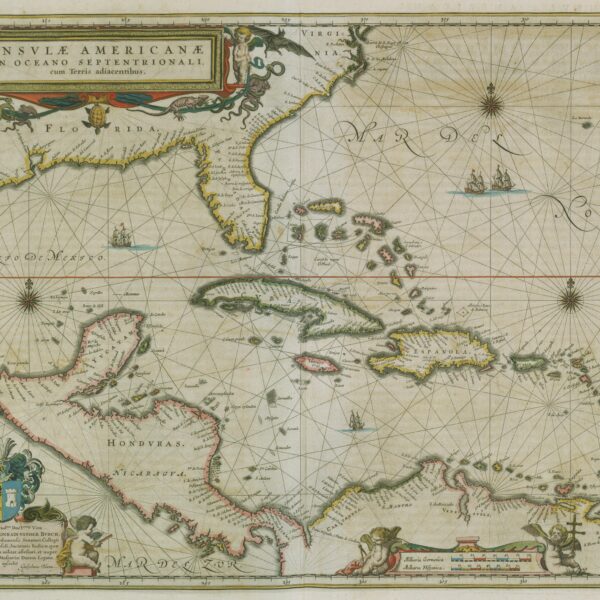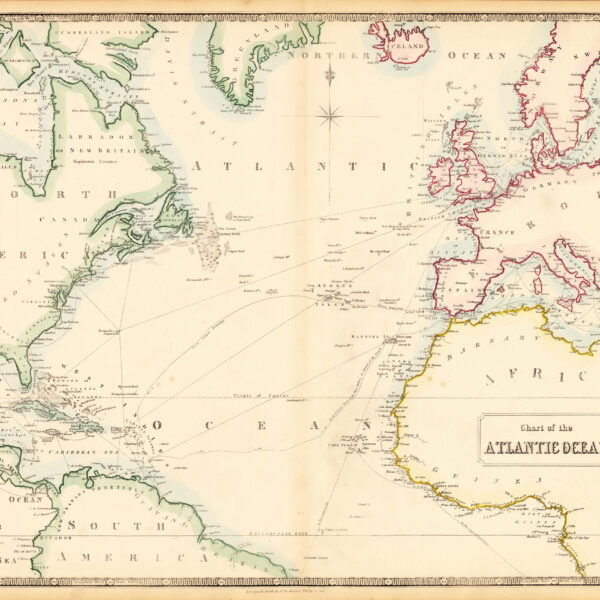Welcome Educators!
Below we have a variety of resources for use in the classroom. We hope that our material can help support the amazing work that you have been doing in your classrooms!
Featured Resources
Sample Primary Sources
Stolen Relations relies on a number of different primary sources for the information in our database.
-
Runaway / Self-Emancipated Slave Advertisements
This is perhaps the largest body of primary sources in our database. Although these advertisements are problematic in many ways (since they were written by claimed owners and reflect their biases), they often also contain information that we might otherwise not know (such as clothing, bodily markers, special skills, etc.). Additionally, they often raise interesting questions about the nature of servitude as well as racial categorizations.
Here is a set sampling of a self-emancipated advertisements.
Click here to see all of the self-emancipated ads in the database.
Finally, here is a suggested reading for these advertisements:
DasSarma, Anjali, and Linford D. Fisher. “The Persistence of Indigenous Unfreedom in Early American Newspaper Advertisements, 1704–1804.” Slavery & Abolition, March 30, 2023, 1–25. -
Probate Records
Another key source for this project is probate records, such as estate inventories and wills. These are especially useful because, despite official censuses of individual colonies (which tend to omit enslaved Native Americans), these records are helpful indicators of Indigenous presence on plantations and in households.
Here is a set sampling of probate records.
Click here to see all of the probate records in the database.
Finally, here is a suggested reading for probate records more generally:
-
Freedom Suits and Court Cases
One of the most inspiring set of sources we draw upon are freedom suits, petitions, and court cases where enslaved Indigenous people sue for their freedom. These petitions run the full range of American slavery history, and often reveal important family connections.
Here is a set sampling of freedom suits and petitions.
Click here to see all of the freedom suits in the database.
Finally, here is a suggested reading for freedom suits:
Zoe Zimmerman, “Indigenous Freedom Suits and the Problem of the Law,” Stolen Relations Blog, February 27, 2023.
-
Sale and Indenture Records
Especially useful are archival records that record the official documentation of Indigenous people into various forms of slavery and servitude. This could include outright sale into slavery or any other number of coercive situations, including indenture and being bound out to a white legal master or mistress for a set number of years.
Here is a set sampling of sale and indenture records from the database.
Click here to see all of the sales and indentures in the database.
Finally, here is a suggested reading for sales and indentures:
-
Letters and Correspondence
Another body of sources that allow us to track Indigenous enslavement is letters and correspondence. Mostly authored by white colonists, they given insight into the every day practices and negotiations of enslavement.
Here is a set sampling of the letters and correspondence from the database.
Click here to see all of the letters and correspondence in the database.
Finally, here is a suggested reading for letters and correspondence.Welcome Educators!



